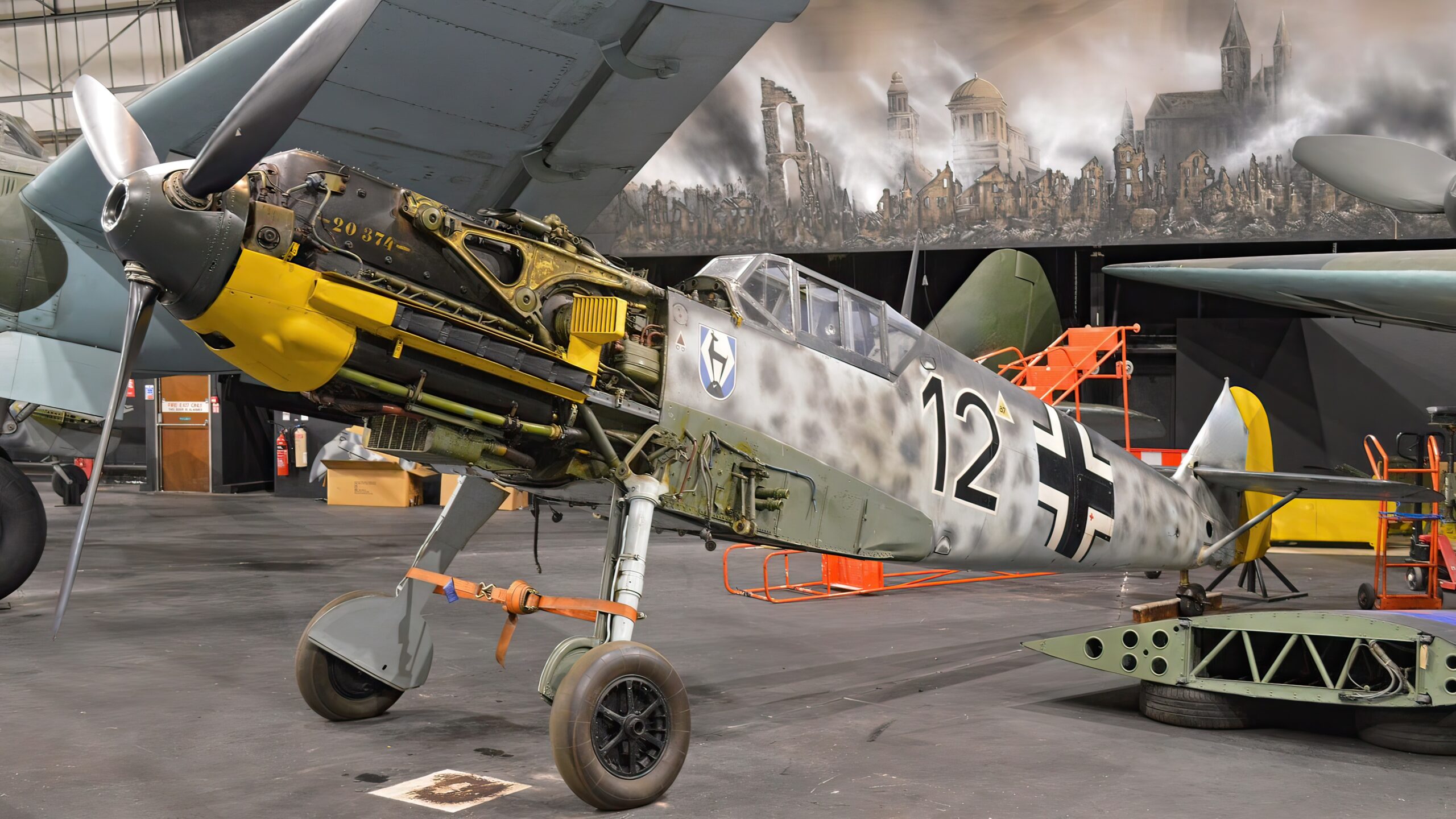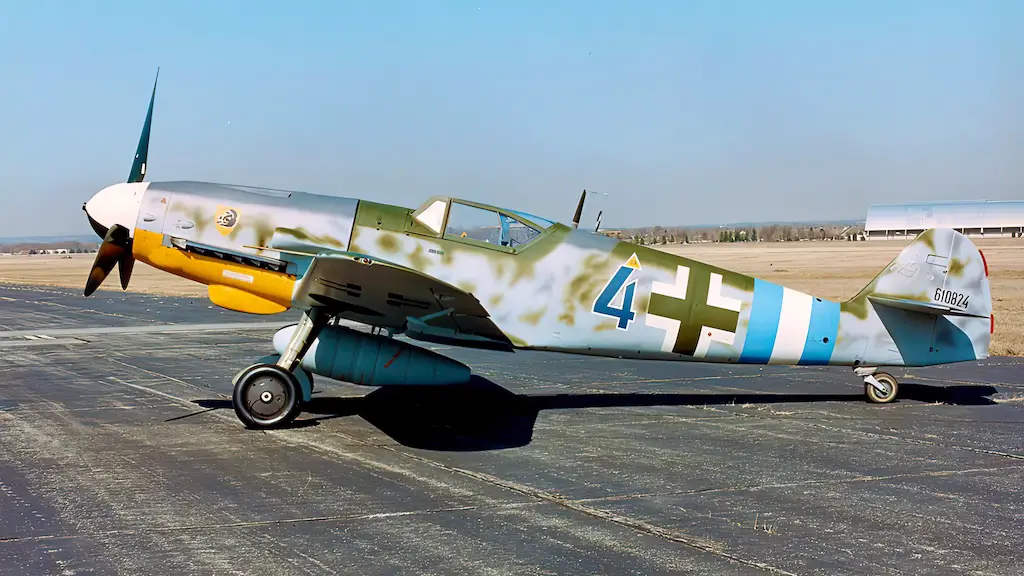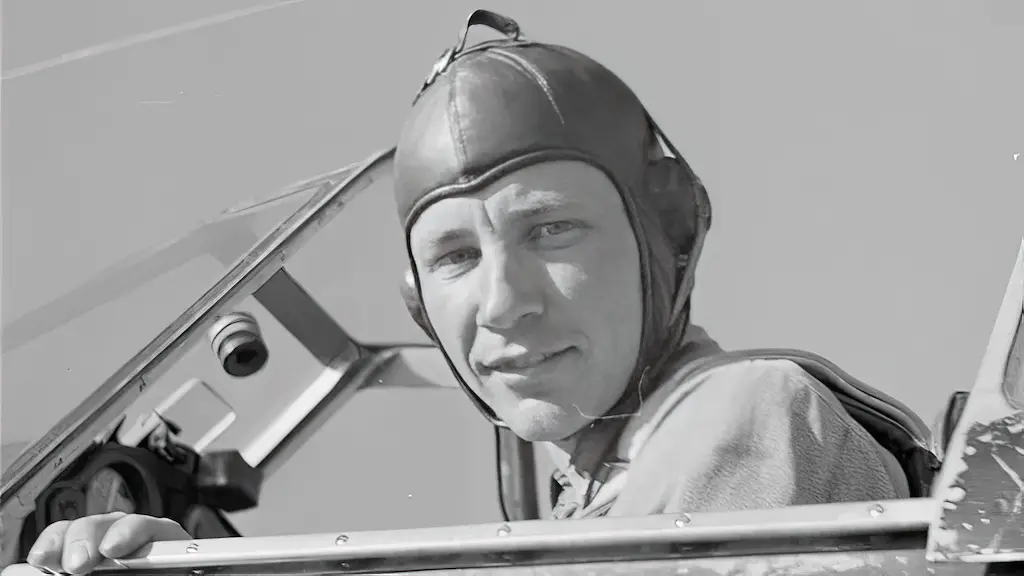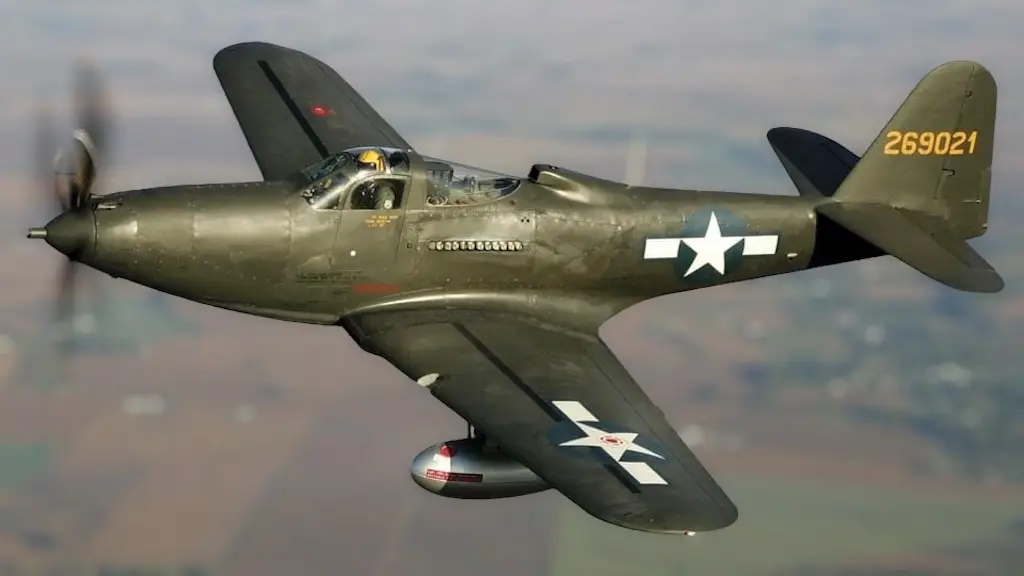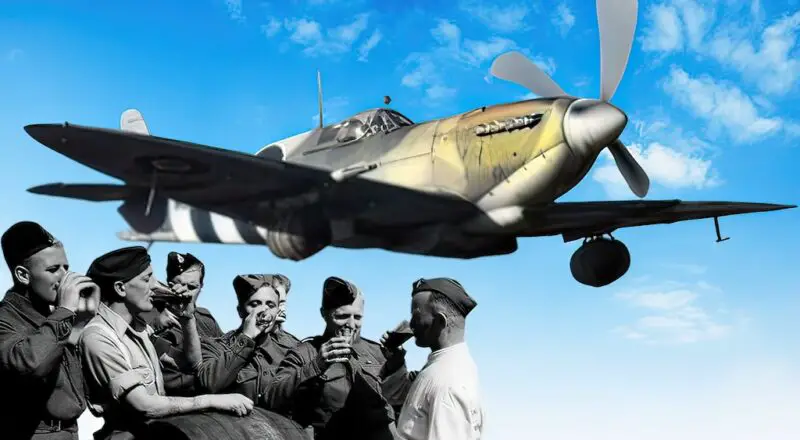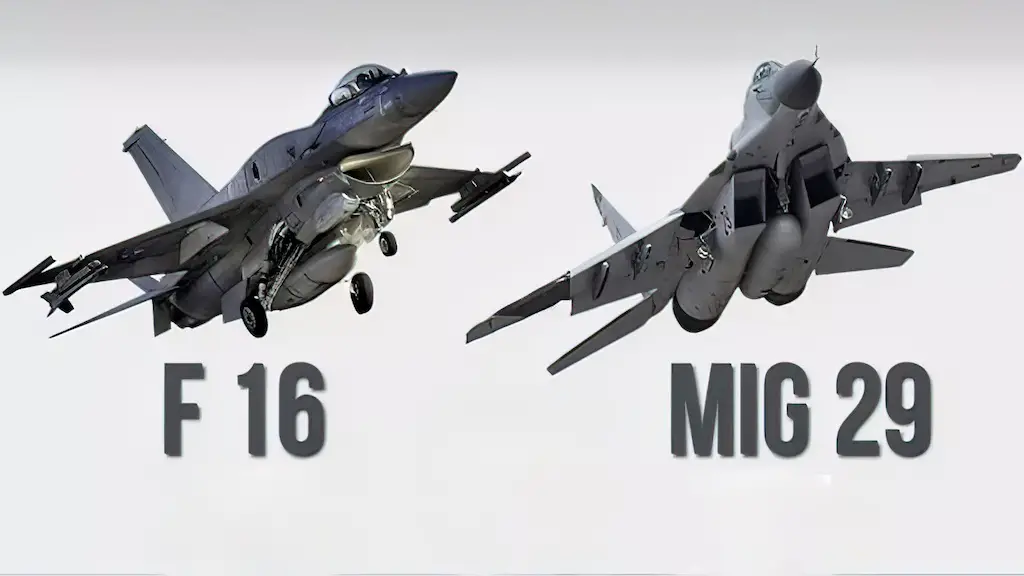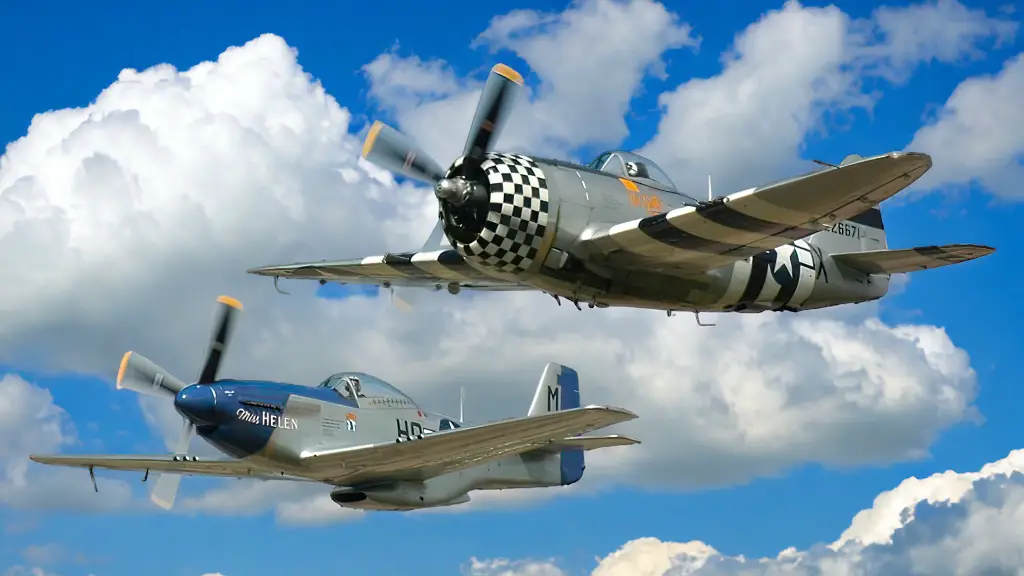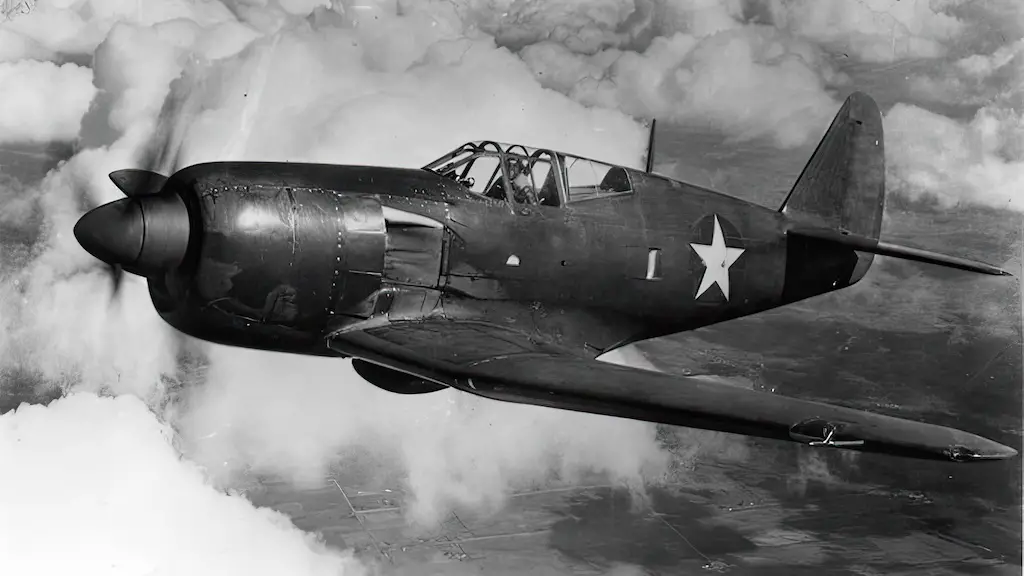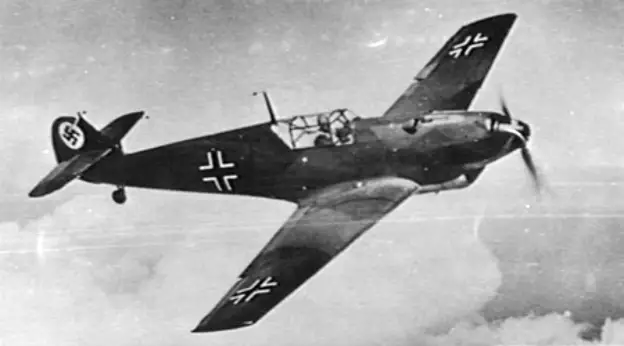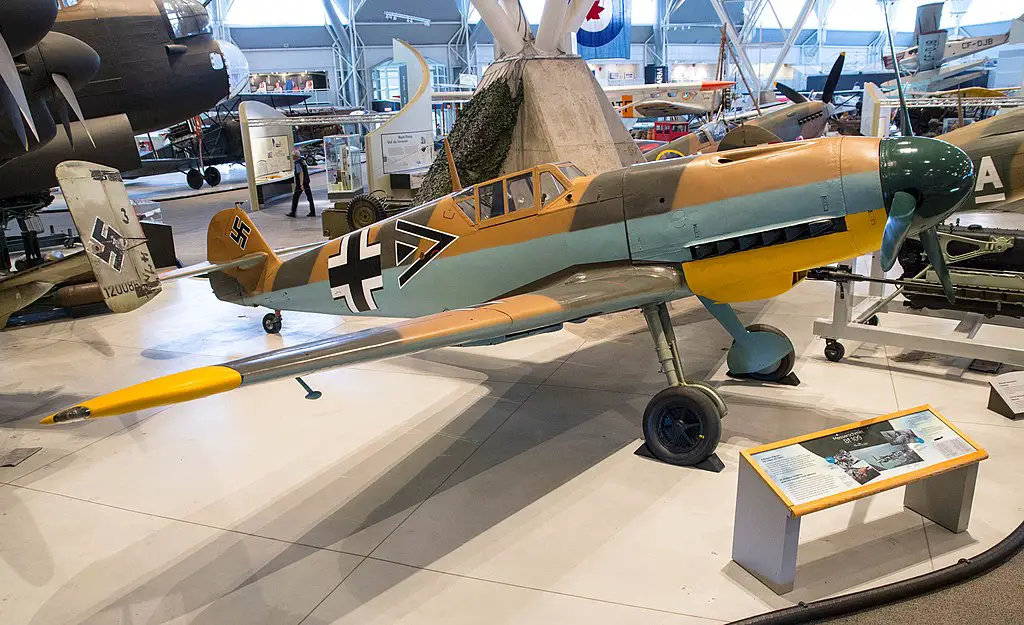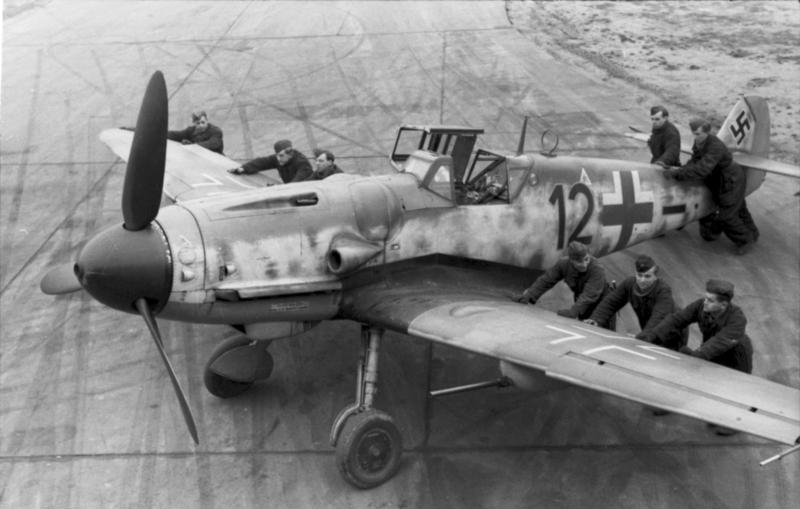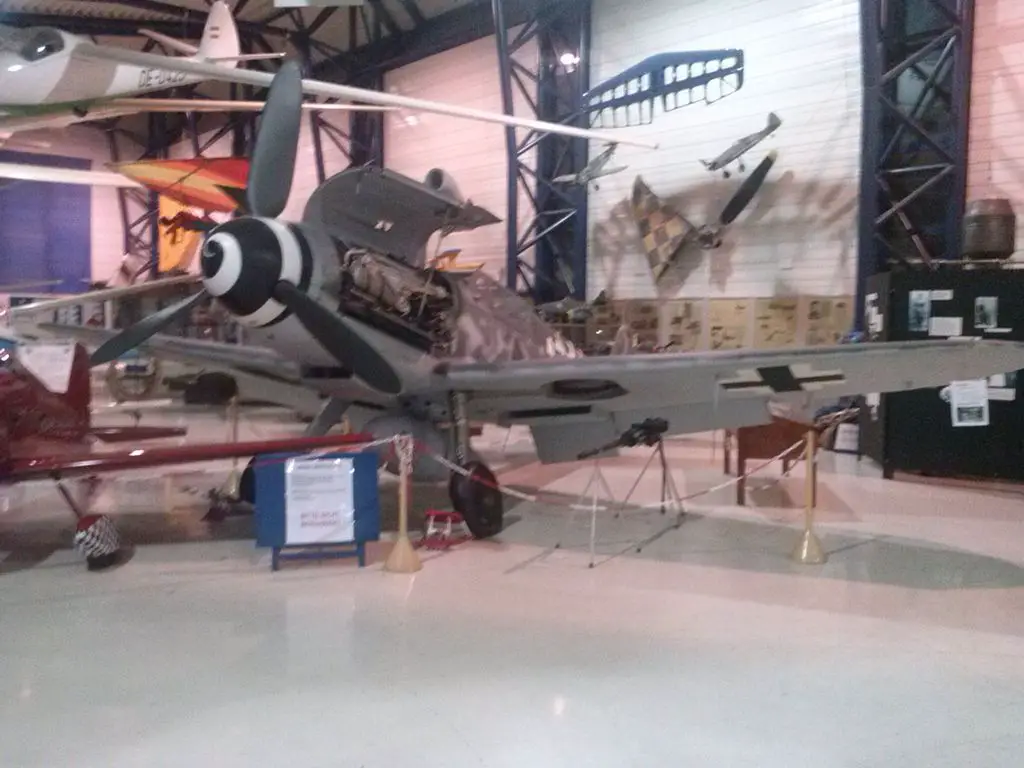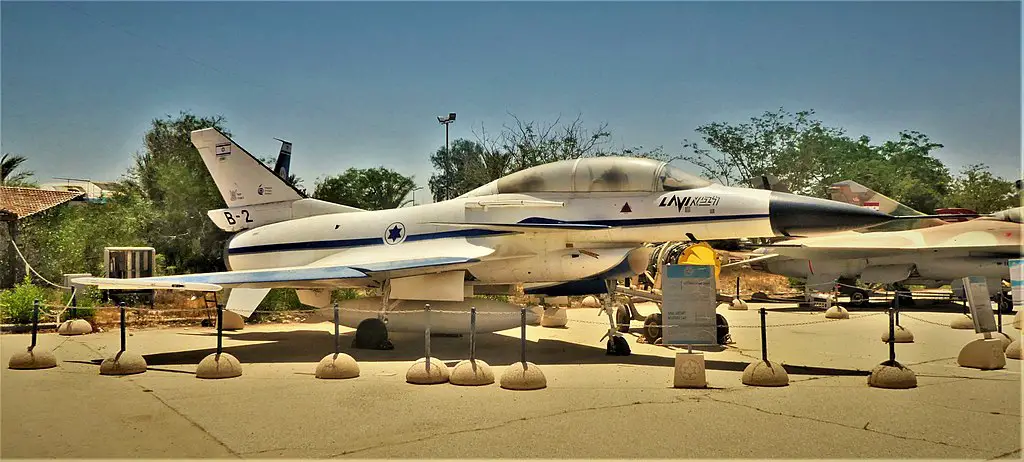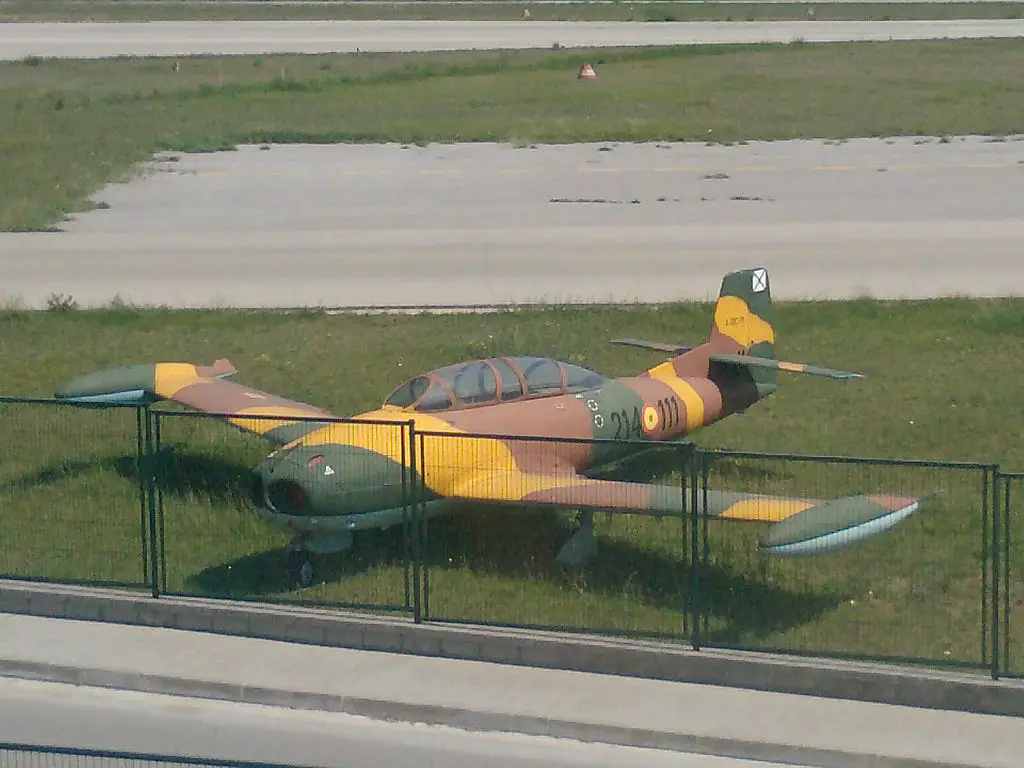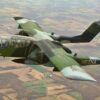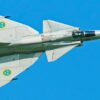The Messerschmitt Bf 109, a German World War II fighter aircraft, is regarded as one of the most iconic and successful fighters of its time. Designed by Willy Messerschmitt and serving as the backbone of the Luftwaffe, the Bf 109 played a crucial role during World War II.
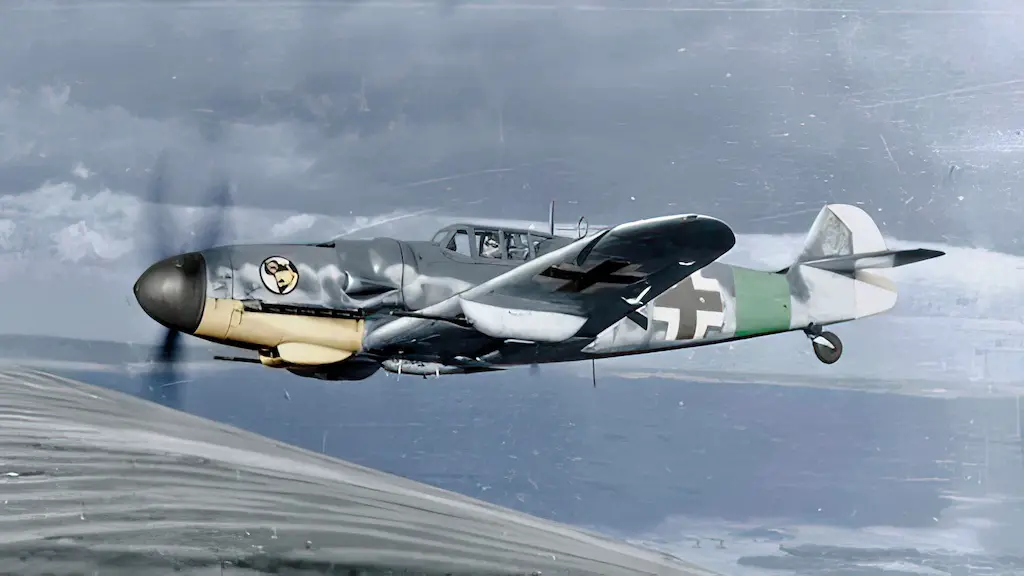
Design and Development
The Bf 109 originated in the mid-1930s as a response to the German Air Ministry’s request for a modern, high-performance fighter. The aircraft featured a sleek, aerodynamic design, with a slim fuselage and a distinctive inverted gull-wing. It was powered by a Daimler-Benz liquid-cooled inverted V12 engine, which provided it with exceptional speed and climbing ability.
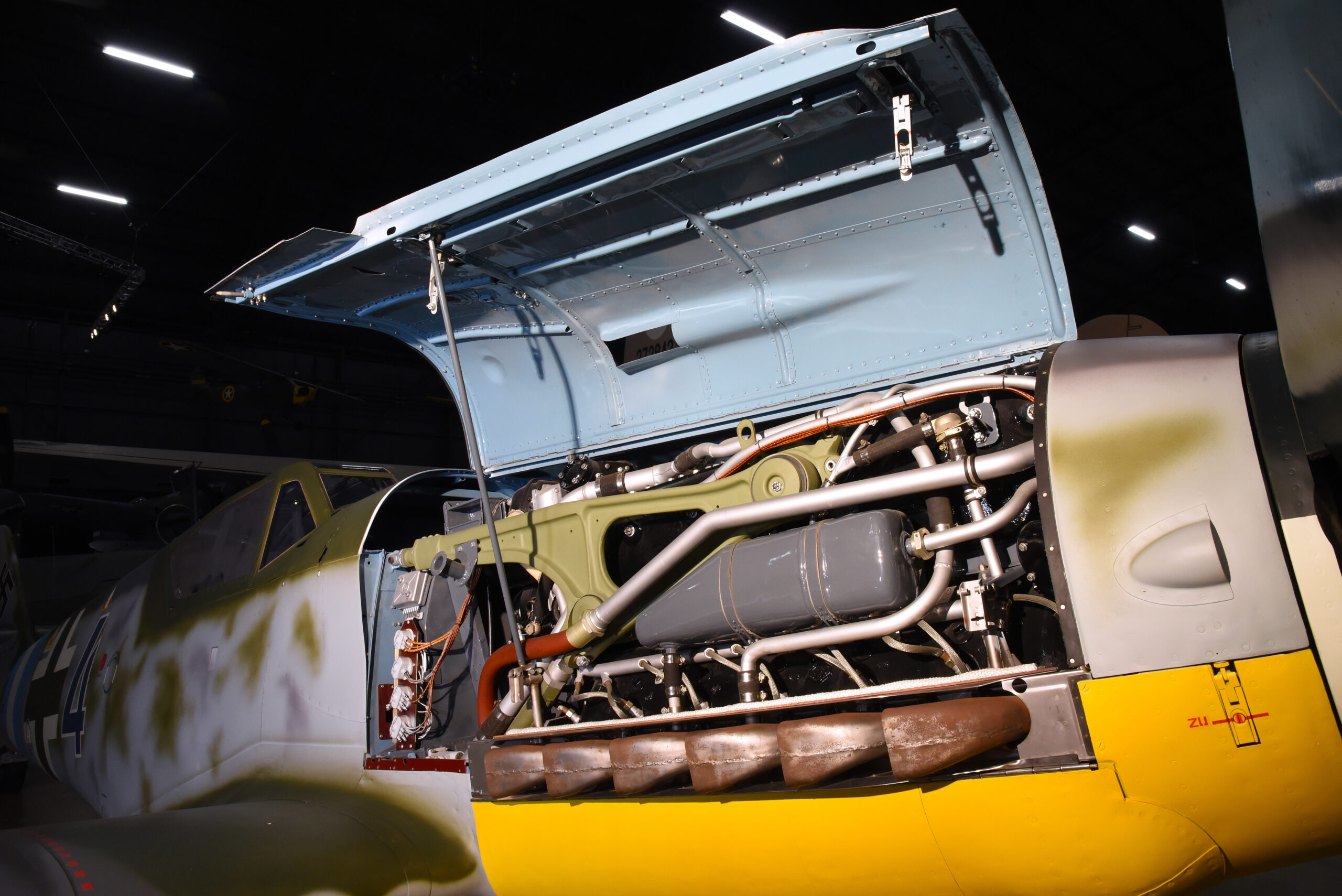
Operational History
Entering service in 1937, the Bf 109 played a vital role in the early stages of World War II, achieving significant successes in the skies. It excelled in air-to-air combat due to its impressive maneuverability and armament. As the war progressed, the Bf 109 underwent several modifications to enhance its performance, including the introduction of a more powerful engine, improved armament, and increased fuel capacity.
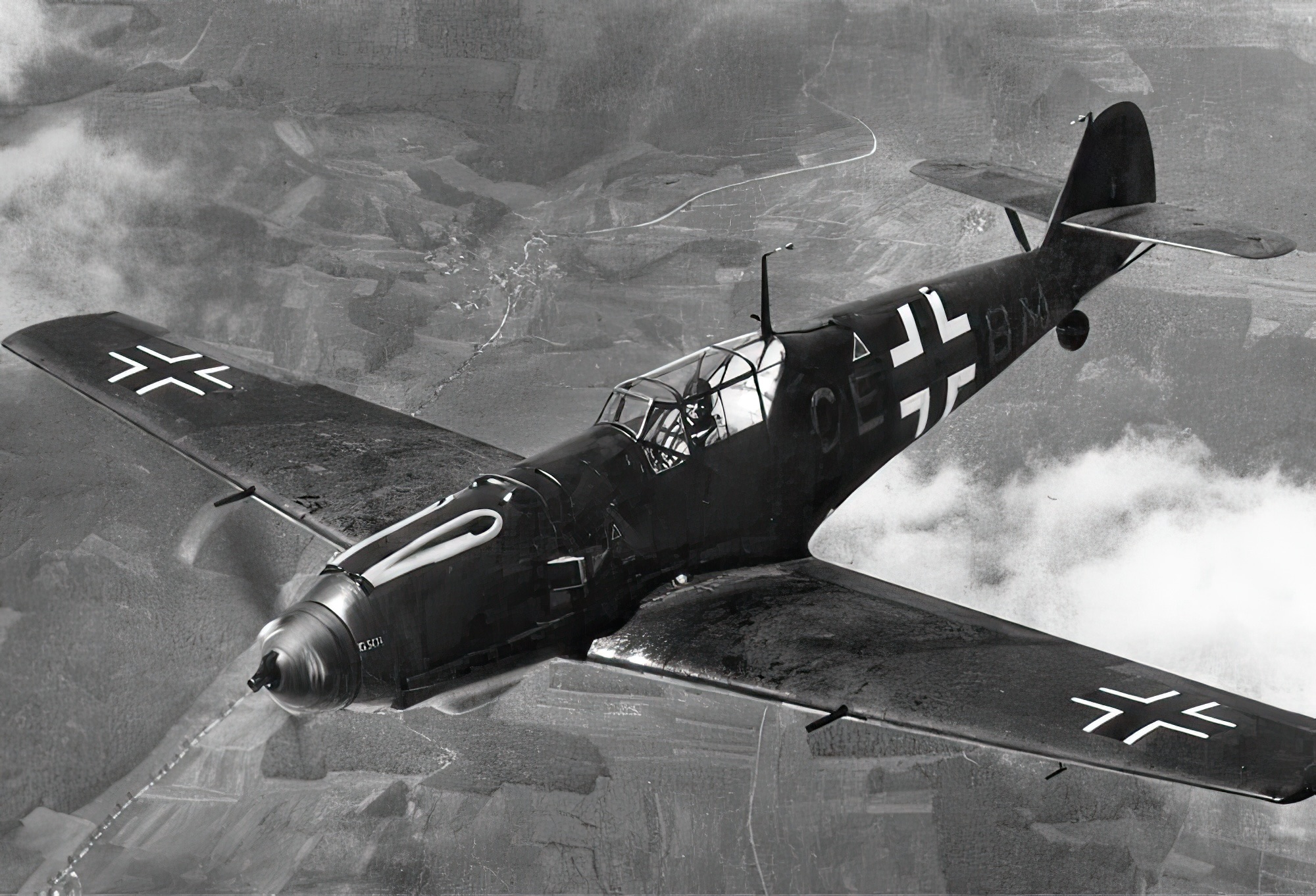
The aircraft’s versatility allowed it to perform a wide range of missions, such as air superiority, ground attack, and reconnaissance. It saw action on all fronts, from the Battle of Britain to the Eastern Front, and even participated in the defense of the Reich during the later stages of the war.
Technological Innovations
The Messerschmitt Bf 109 introduced several technological innovations for its time. It featured an all-metal construction, utilizing light alloys to reduce weight and improve maneuverability. The gull-wing design allowed for the installation of a larger propeller, providing improved thrust and increasing the aircraft’s speed. Additionally, it was equipped with advanced features such as automatic leading-edge slats, a retractable tailwheel, and a pressurized cockpit, providing the pilot with better control and protection during combat.
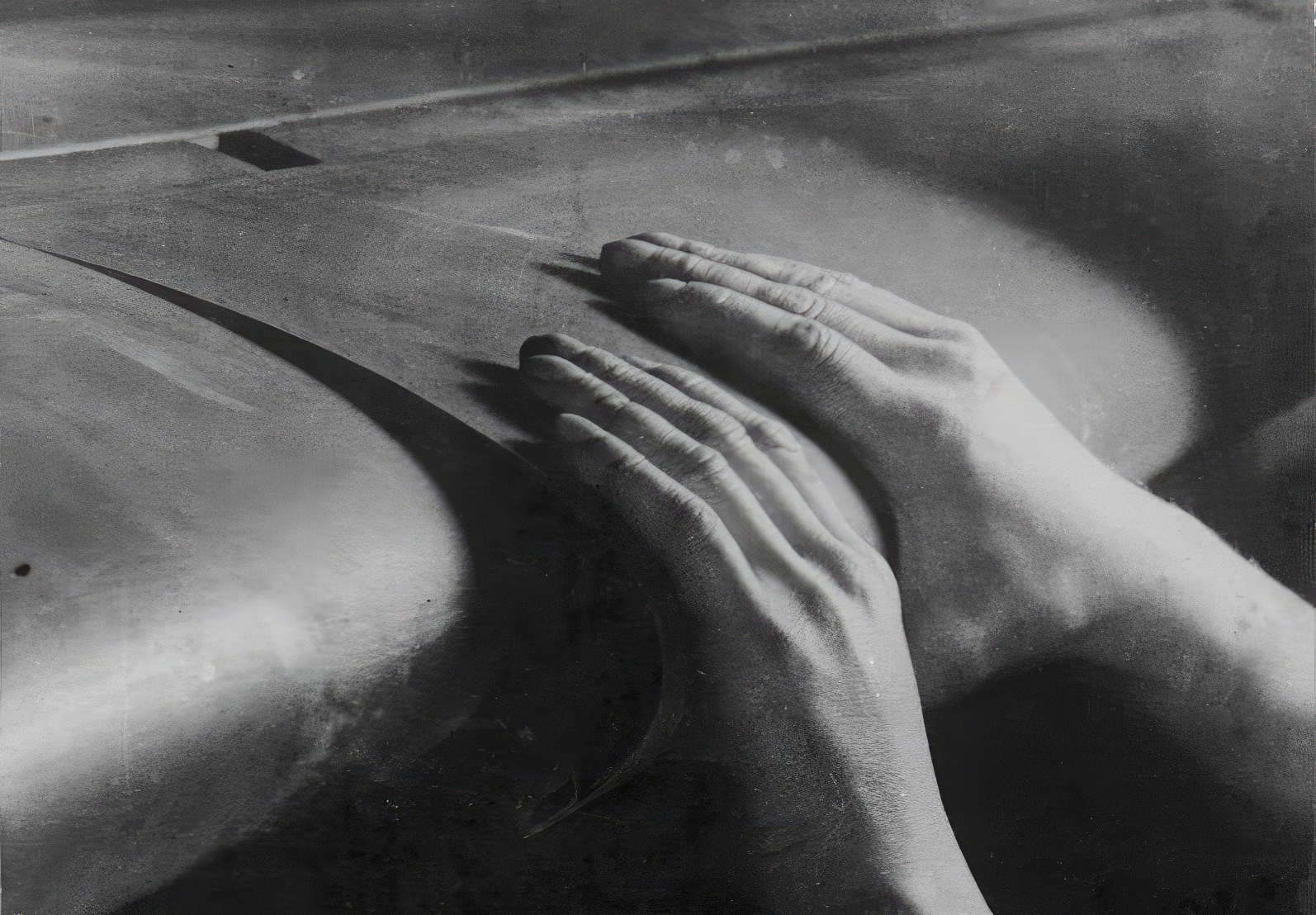
Legacy and Impact
The Bf 109’s impact on aviation cannot be overstated. With over 33,000 aircraft produced, it became the most numerous fighter in history and a symbol of German air power. The aircraft’s success was attributed to its exceptional performance, which made it a formidable opponent for the Allied forces.
Post-war, the Bf 109 continued to serve in several air forces, including Spain, Czechoslovakia, and Israel, where it played a role in the 1948 Arab-Israeli War. Moreover, the design of the Bf 109 influenced subsequent aircraft, such as the Israeli IAI Lavi and the Spanish Hispano Aviación HA-200.
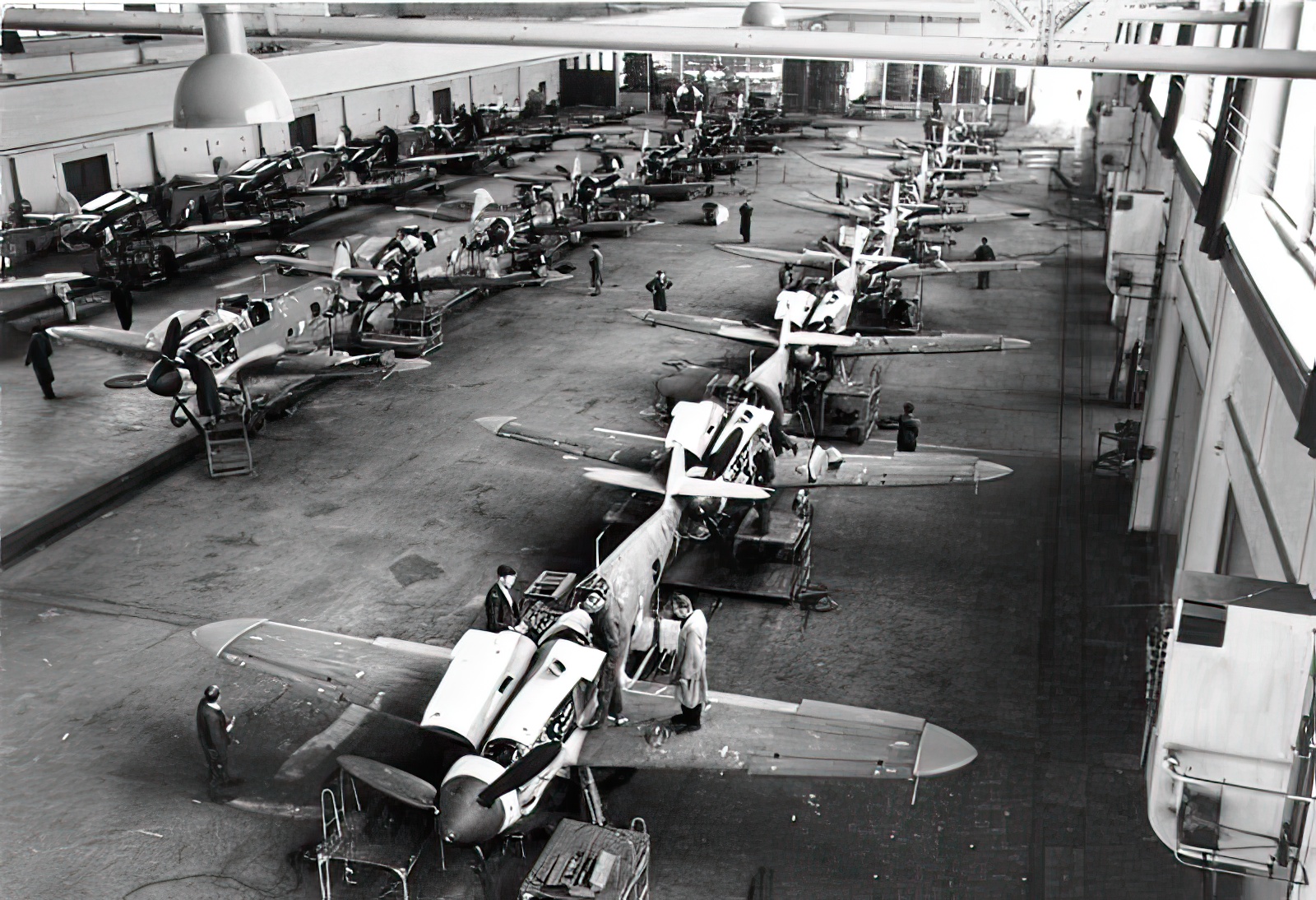
Success
The Messerschmitt Bf 109 stands as an icon of World War II aviation. It is recognized both for its exceptional performance and its technological innovations. It played a crucial role in the success of the Luftwaffe and left an indelible mark on the history of aerial warfare, earning its place among the greatest fighter aircraft of all time.
